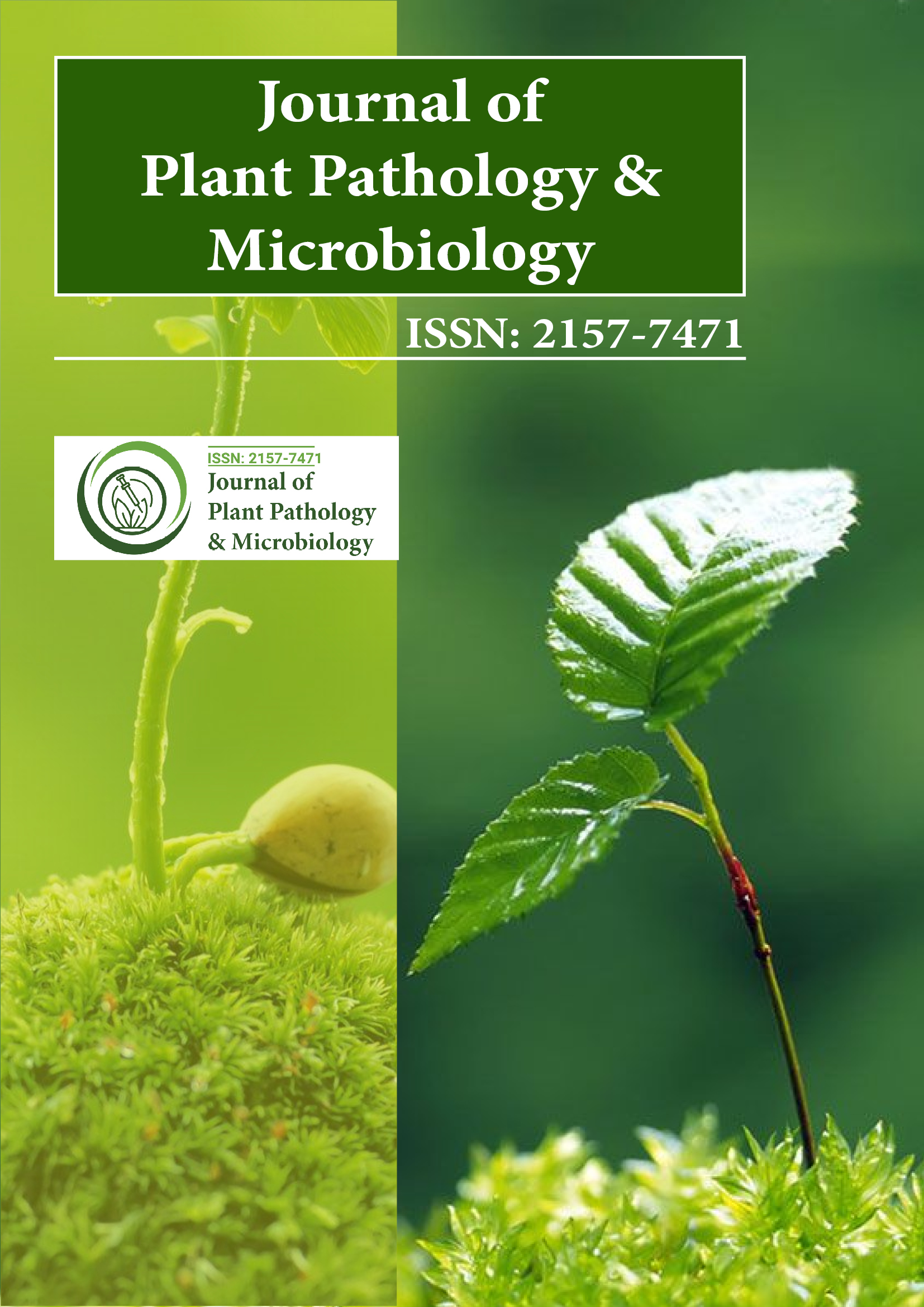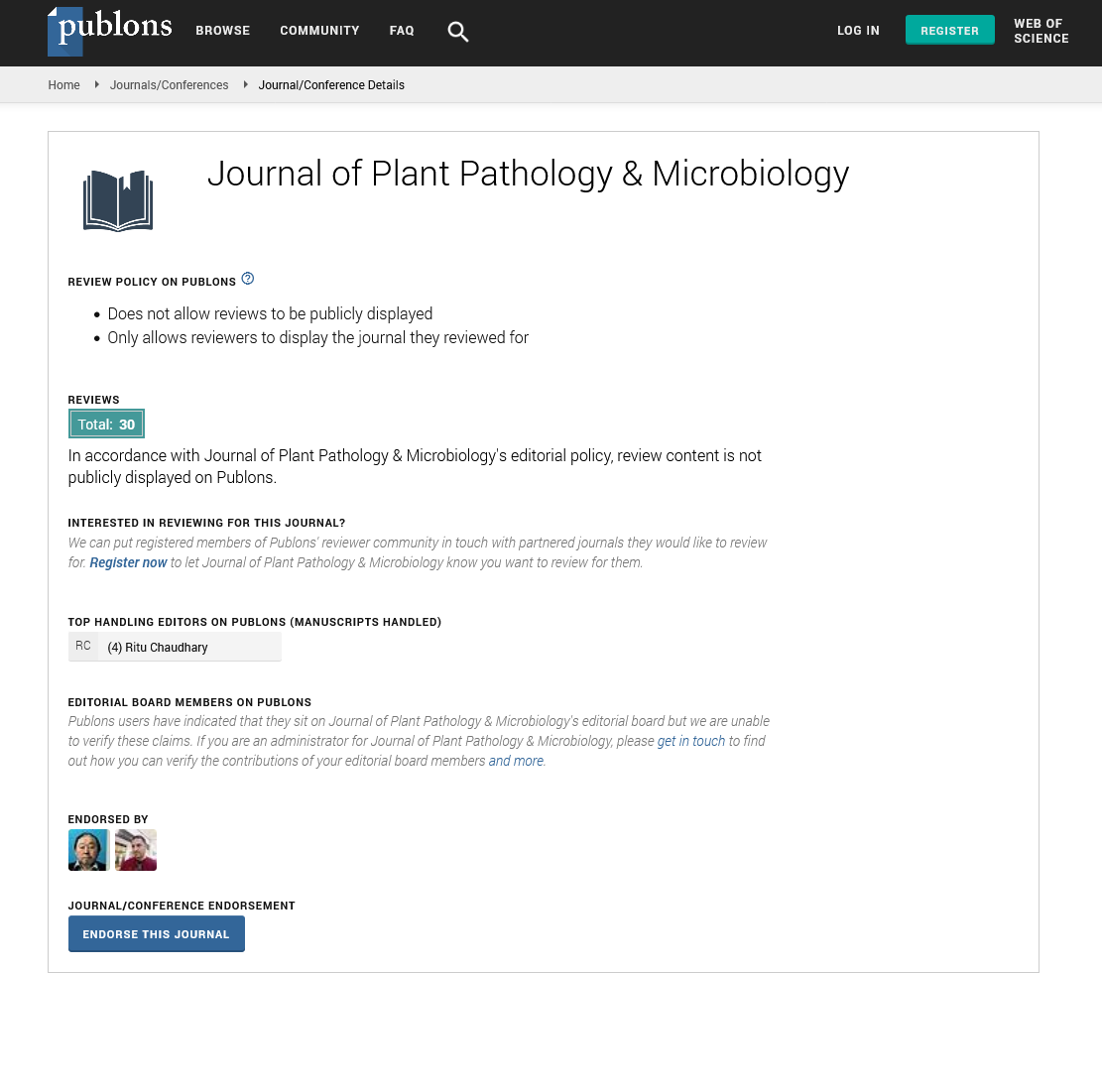PMC/PubMed Indexed Articles
Indexed In
- Open J Gate
- Genamics JournalSeek
- Academic Keys
- JournalTOCs
- CiteFactor
- Ulrich's Periodicals Directory
- Access to Global Online Research in Agriculture (AGORA)
- Electronic Journals Library
- Centre for Agriculture and Biosciences International (CABI)
- RefSeek
- Directory of Research Journal Indexing (DRJI)
- Hamdard University
- EBSCO A-Z
- OCLC- WorldCat
- Scholarsteer
- SWB online catalog
- Virtual Library of Biology (vifabio)
- Publons
- Geneva Foundation for Medical Education and Research
- Euro Pub
- Google Scholar
Useful Links
Share This Page
Journal Flyer

Open Access Journals
- Agri and Aquaculture
- Biochemistry
- Bioinformatics & Systems Biology
- Business & Management
- Chemistry
- Clinical Sciences
- Engineering
- Food & Nutrition
- General Science
- Genetics & Molecular Biology
- Immunology & Microbiology
- Medical Sciences
- Neuroscience & Psychology
- Nursing & Health Care
- Pharmaceutical Sciences
Perspective - (2024) Volume 15, Issue 3
Soil Microbiome Dynamics and their Effect on Plant Disease Suppression
Received: 30-Aug-2024, Manuscript No. JPPM-24-28216; Editor assigned: 02-Sep-2024, Pre QC No. JPPM-24-28216 (PQ); Reviewed: 16-Sep-2024, QC No. JPPM-24-28216; Revised: 23-Sep-2024, Manuscript No. JPPM-24-28216 (R); Published: 30-Sep-2024, DOI: 10.35248/2157-7471.24.15.727
Abstract
Description
The soil microbiome plays a fundamental role in maintaining plant health and promoting disease suppression. The soil is home to a diverse array of microorganisms including bacteria fungi archaea and viruses. These microorganisms interact with each other and with plants in complex ways that influence plant growth nutrient cycling and disease resistance. Understanding the dynamics of the soil microbiome and its impact on plant disease suppression is essential for developing sustainable agricultural practices that reduce the reliance on chemical pesticides and enhance crop productivity.
Plants are constantly exposed to various pathogens including fungi bacteria nematodes and viruses. These pathogens can infect plants through their roots stems or leaves leading to disease and in severe cases crop failure. The plant’s immune system provides a first line of defense against these pathogens but it is not always sufficient to protect plants from infection. This is where the soil microbiome plays an essential role. Many microorganisms in the soil are beneficial to plants and help protect them from pathogens by outcompeting harmful microbes producing antimicrobial compounds or stimulating the plant's immune system.
One of the main ways in which the soil microbiome suppresses plant diseases is through microbial competition. Beneficial soil microbes often compete with pathogens for resources such as nutrients and space. By occupying the same ecological niches as harmful microbes beneficial microorganisms limit the ability of pathogens to establish themselves and proliferate. For example certain bacteria can colonize the plant root zone preventing root pathogens from attaching to the roots. This form of competition can significantly reduce the likelihood of disease development.
In addition to competition beneficial microbes in the soil can produce substances that directly inhibit pathogen growth. These antimicrobial compounds can include enzymes antibiotics and volatile organic compounds. For instance certain soil fungi and bacteria produce antibiotics that can kill or inhibit the growth of plant pathogens. This type of biological control is particularly important in the rhizosphere the region of soil surrounding the plant roots where pathogens are most likely to cause harm. The production of these antimicrobial compounds is often triggered by environmental cues and the presence of specific pathogens creating a dynamic and responsive form of plant protection.
Another key mechanism by which the soil microbiome influences disease suppression is through the stimulation of the plant’s immune system. Beneficial microbes can induce systemic resistance in plants a phenomenon known as Induced Systemic Resistance (ISR). This process primes the plant's immune system making it more responsive to subsequent pathogen attacks. The activation of ISR involves the production of signaling molecules such as salicylic acid jasmonic acid and ethylene which regulate plant defense responses. By promoting the plant’s own immune responses beneficial microbes can enhance the plant’s ability to resist infection even in the presence of pathogenic organisms.
The soil Microbiomes ability to suppress plant diseases is influenced by several factors including soil type plant species and environmental conditions. For example soil pH moisture levels and temperature can all affect the composition and activity of the microbial community. In healthy soils the diversity of microorganisms tends to be high which enhances disease suppression. A diverse microbial community is more likely to contain a variety of beneficial microbes capable of outcompeting pathogens and producing different antimicrobial substances. However disturbances such as overuse of chemical fertilizers pesticides or monoculture cropping can reduce microbial diversity leading to an increase in soil-borne diseases.
Citation: Lucas M (2024). Soil Microbiome Dynamics and their Effect on Plant Disease Suppression. J Plant Pathol Microbiol. 15:727.
Copyright: © 2024 Lucas M. This is an open access article distributed under the terms of the Creative Commons Attribution License, which permits unrestricted use, distribution, and reproduction in any medium, provided the original author and source are credited.

